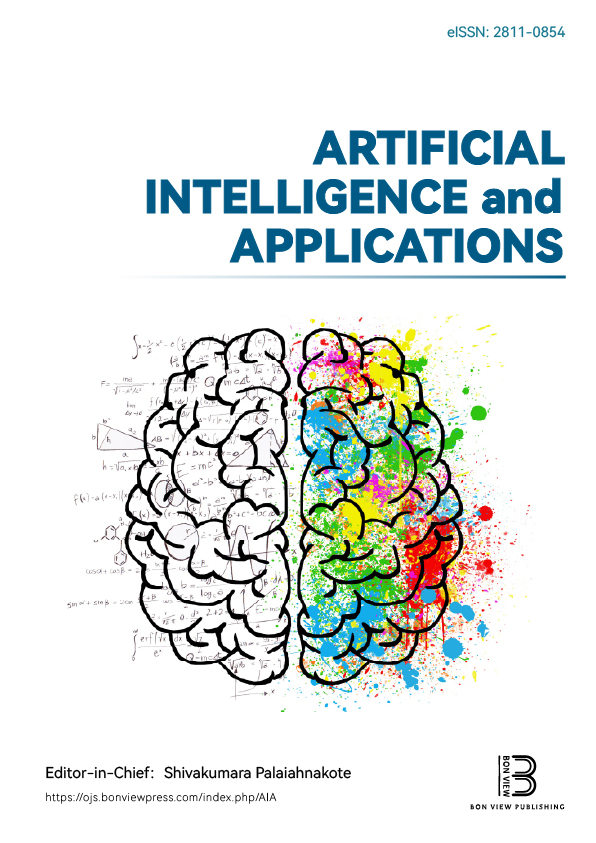Electroencephalogram Signal Acquisition System with Machine Learning for Robotic Prosthesis Control: In Vivo Dataset
DOI:
https://doi.org/10.47852/bonviewAIA52024252Keywords:
electroencephalogram, artificial intelligence, machine learning, ensemble AI, brain-machine interface, robotic upper limb prosthesesAbstract
This study addresses the increasing global need for upper limb prostheses (ULPs), particularly those controlled by electroencephalogram (EEG) signals, due to the rising number of amputations. Focusing on an EEG signal acquisition system integrated with a machine learning (ML)-driven pattern recognition framework, the research investigates the control of a robotic ULP. The study is divided into two phases: EEG data acquisition and pattern recognition using an ensemble of K-nearest neighbors (KNN), support vector machines (SVM), and artificial neural networks (ANN) models within a brain-machine interface. Each ML model demonstrated distinct strengths—KNN in rapid pattern recognition, SVM in reliable state differentiation, and ANN in handling complex, non-linear data relationships. The ensemble ML (eML) leveraged these strengths, achieving approximately 90% accuracy in final training rounds and showing superior performance compared to individual models. The eML was successfully integrated into the robotic ULP control system, demonstrating high potential for real-world applications by efficiently processing brain activity signals and making precise control decisions.
Received: 4 September 2024 | Revised: 25 October 2024 | Accepted: 7 November 2024
Conflicts of Interest
The authors declare that they have no conflicts of interest in this work.
Data Availability Statement
The data that support the findings of this study are openly available in GitHub at https://github.com/S-Brno/ARTIFICIAL_INTELLIGENCE__EEG_UPPERLIMB_PROSTHESIS.
Author Contribution Statement
Bruno J. Santos: Conceptualization, Methodology, Software, Validation, Formal analysis, Investigation, Writing – original draft, Visualization. Alysson Avila: Conceptualization, Software, Validation, Formal analysis, Investigation, Data curation. Marcelo Barboza: Writing – review & editing. Evandro Drigo: Resources, Writing – review & editing. Tarcisio Leão: Supervision. Eduardo Bock: Resources, Supervision, Project administration.
Metrics
Downloads
Published
Issue
Section
License
Copyright (c) 2025 Authors

This work is licensed under a Creative Commons Attribution 4.0 International License.






